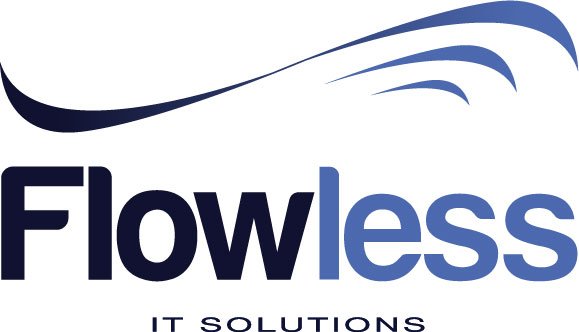In every organization, one of the goals that they would want to achieve is to provide the needs of their customers in an instant. With this, they have been using a software engineering approach that makes it easier and quicker for them to make their goals be reached. The approach that is now being used by almost all organizations is Continuous Delivery. This approach is now being used because even the companies who are not great in making software can make it because it allows the organizations to make their own software, which they can depend on anytime.
With CD, there are a lot of advantages that organizations can get. When they make use of CD, the delivery times will be made quicker. Not only is that the cycles will be in short release unlike when not using a continuous delivery, the releases will be large and monolithic. In addition, CD lets you make your products have high quality and your production failures will be lesser. Moreover, not using CD will keep you in a high risk which is why, when you utilize it, you will be able to experience risks that are adequate. With CD, everything is made easy and efficient.
Tools to do it
With continuous delivery, you will be able to encounter tools that help the approach to be more effective at the same time useful. Here are the tools that you must get familiar with when you make use of continuous delivery.
- NuGet – This tool is used in CD because it offers a dependency management for the applications that you have. In addition, when you make use of this tool, it will give you benefits because it has a package manager that will help you in the development of your project or product. Apart from that, the tool is free to use.
- ProGet -This tool for CD hosts the releasable packages that you have. In addition, with this tool, you will be able to have a package source, which your team can access.
- Go – This tool is kept and written by people of ThoughtWorks who are responsible for the book about Continuous Delivery. This tool can perform both the CD and the CI, which is the continuous integration.
Risks and Pitfalls
No matter how beneficial CD and its tools, it still gives dangers and pitfalls that everyone should be aware of. Here are the risks and pitfalls that organizations may face once they use continuous delivery.
- Building a CD when the CI is unstable is a pitfall. Before an organization makes use continuous delivery, it will first fall in continuous integration which is why it must have a firm foundation in order for it does not cause any risk or failure.
- Continuous delivery and continuous deployment are different even though they may be alike in some terms.
- Trying to change to CD even without any infrastructure that supports it
- Obstacles when implementing the approach to CD
- The approach may be useful but there are problems that hinder it from being applied. Here are the obstacles that the approach faces.
- When the applications are enormous and colossal
- Less automation is also an obstacle that CD faces
- When the setting is inadequate
With continuous delivery, it is best to know the tools that are best to use in order to avoid it from getting into risks and pitfalls.
— Slimane Zouggari
